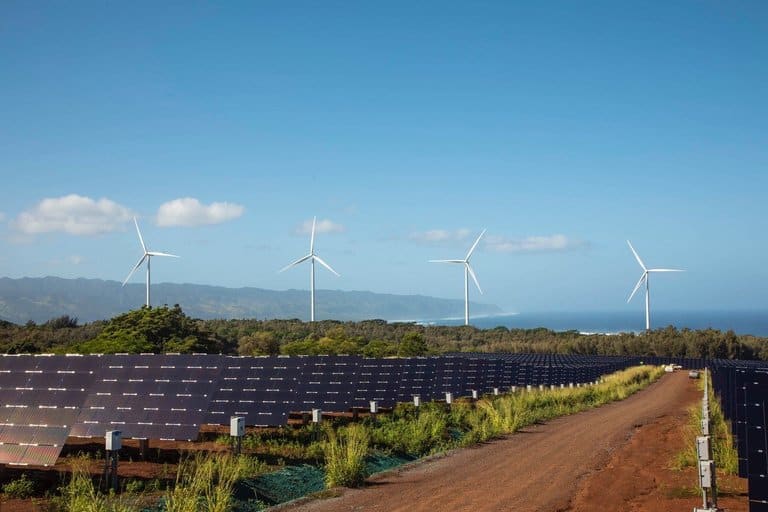
As with many big goals, at first the cynics said it would be too expensive, too complicated and too risky. But in 2015, our state passed a law to generate 100 percent of our electricity from renewable energy by 2045, making us the first in the country to commit to this bold goal. And the law has been proving the cynics wrong ever since.
We invite you, Washingtonians, to consider our experience in Hawaii, as your Legislature ponders a bill that would require that Washington’s electric grid be 100 percent carbon-free by 2045 or earlier. In our state, this one landmark law, similar to the one your elected officials are now debating, spurred investment, unlocked innovation and fostered collaboration previously unseen. We are now rapidly transforming our system to clean energy, at costs that are consistently lower than predicted. Renewable energy is also proving to be the key to grid resilience, enabling us to build a power system that can withstand future climate-related disasters.
After Hawaii passed the 100 percent law in 2015, our state’s largest utility, Hawaiian Electric, found that not only could they achieve the new target, they could get there five years earlier (by 2040) — and at a cost that is billions less than the “business as usual” case. And the transformation is underway. Just last month Hawaiian Electric announced seven new contracts for solar-plus-battery projects — the kind that can provide power long after the sun sets — with costs significantly lower than the average cost of fossil-powered electricity in our state. The cheapest of these contracts is a whopping 47 percent less expensive than our average cost of electricity. Moreover, these prices are less than half the costs forecast for these technologies just two years ago.
The island of Kauai, served by its own cooperative utility, also has seen dramatic drops in prices of solar-plus-storage projects. Kauai now has the most energy storage per capita in the nation, with solar energy providing up to 65 percent of its nighttime peak energy demand. Kauai’s utility foresees no difficulties in meeting the 100 percent renewable electricity goal by 2045 or earlier.
Hawaii’s 100 percent law has spurred innovation in a variety of ways. Through a regulatory proceeding, we are reworking the future compensation structure of Hawaiian Electric to align its incentives more closely with public priorities like clean energy generation, affordability and customer service, while ensuring the utility’s long-term financial health. Our state is now a hotbed of clean energy startup initiatives, with funds investing heavily in new companies, which in turn drives innovation and creates jobs in our energy sector in a virtuous cycle.
Clean energy is also central to building a grid that is resilient to natural disasters, like hurricanes and wildfires. Decentralized renewable energy sources and storage allow “microgrids” to connect and disconnect from the larger system as needed, preventing massive system failures. State regulators in Hawaii are currently creating new frameworks to support microgrids.
We understand that one size doesn’t fit all for energy systems. But in some ways, Hawaii faces a tougher challenge than Washington. Our small island grids aren’t connected, and a single storm can block all our sunshine for a week or more. Washington also has a leg up, with 70 percent of the electricity already being generated by clean, carbon-free sources — Hawaii was around 20 percent when the law passed. Washington’s grid is linked to a vast network through the Western Interconnect, so when the wind drops in one area, you can still pull power from places where it’s sunny or windy. You could achieve 100 percent clean electricity faster than Hawaii, and at lower costs.
Most important, 100 percent clean energy is our best hope for fighting climate change. Last year, Washington experienced more than 1,850 wildfires, while in Hawaii, we broke the U.S. record for the most rainfall in 24 hours (nearly 50 inches). The Aloha State and the Evergreen State may be different in many ways, but we both face the brutal reality of a rapidly changing climate.
In passing our 100 percent clean-electricity law, we’re building more than an innovative and clean economy — we’re building hope. We urge you, our neighbors across the Pacific, to do the same.
